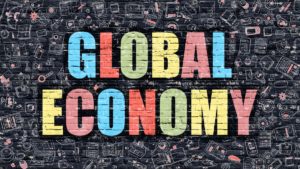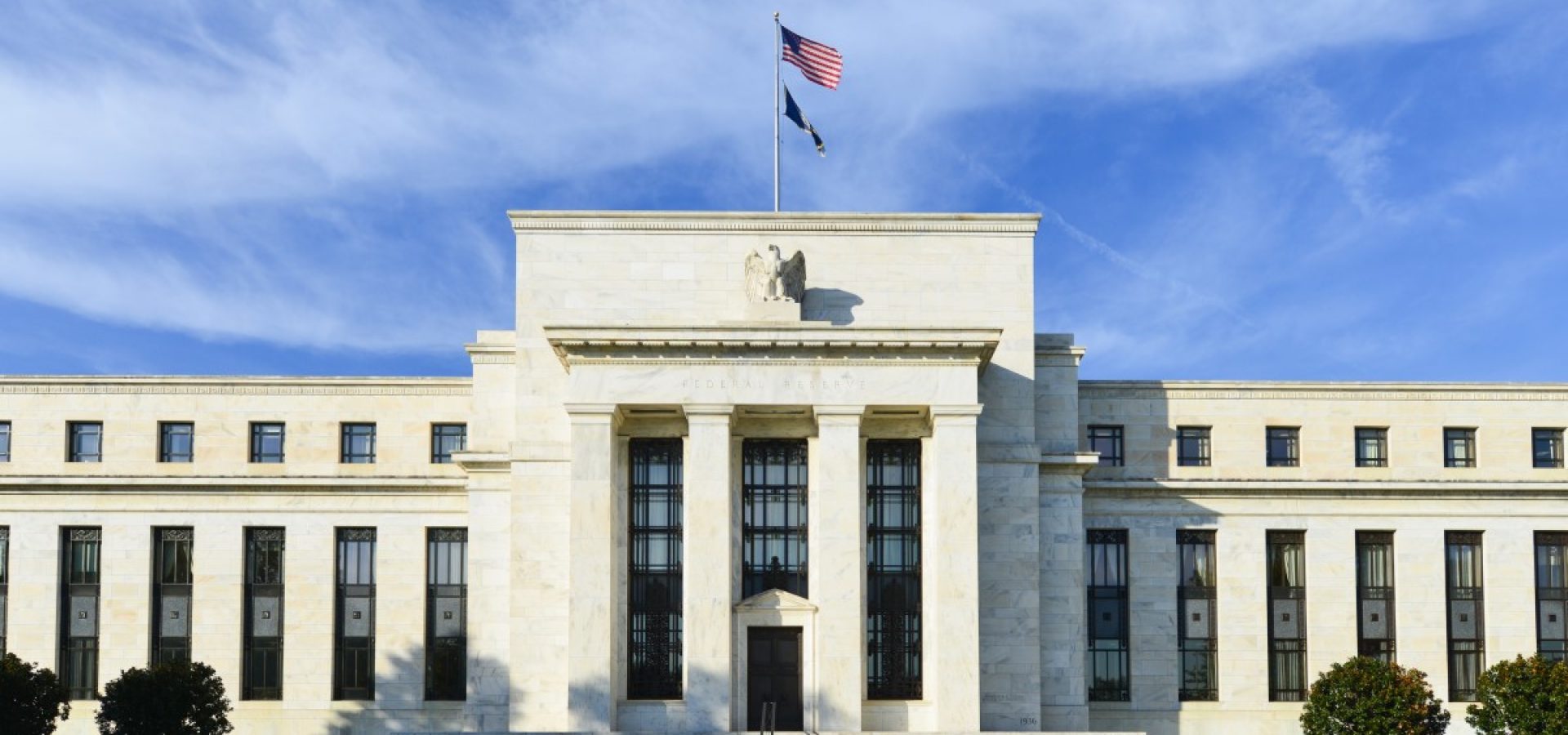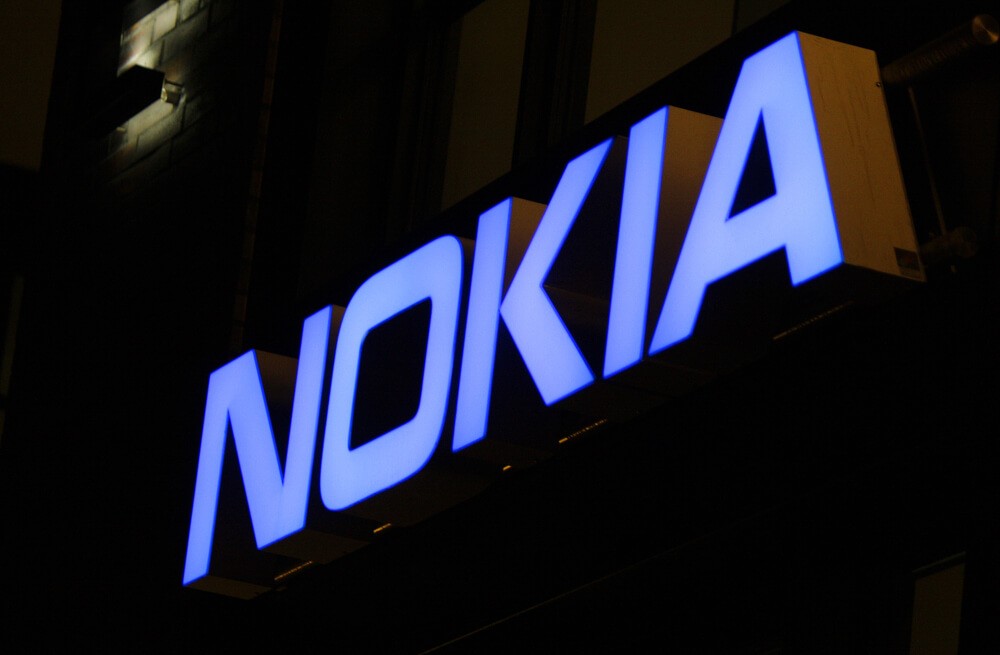The U.S. Federal Reserve is the most famous central bank in the world. It makes sense, as the U.S. dollar isn’t just America’s money. Moreover, it is the world’s money. Central banks in different parts of the world need dollars to stabilize their financial systems. The coronavirus pandemic had a dramatic impact on the global economy. The Federal Reserve started to send billions of dollars to central banks all over the world. Furthermore, the central bank opened 14 “swap lines” countries such as Japan, Australia, Mexico, and Norway.
The purpose of the “swap line” is to send dollars to countries that urgently need them. The dollars are “swapped” which means that Federal Reserve traded dollars for the other country’s currency.
The country’s central bank also started allowing around 170 foreign central banks that hold the U.S. Treasury bonds to temporarily exchange them for dollars.
Some people who are familiar with the topic may find it hard to understand why the Federal Reserve is sending billions of dollars abroad. The answer is connected to the Fed and its unique position in the global economy. The U.S. currency represents the cornerstone of global trade.
For example, international loans, as well as debts and bank transactions, are largely done with the U.S. dollar. As a result, of the coronavirus crisis, there was a rush to get dollars around the globe. Importantly, the Federal Reserve is the only institution with the power to print the U.S. dollar.
Federal Reserve and swap lines 
The U.S. Federal Reserve has the ability to create an unlimited amount of dollars, as there is no limit. It is up to Washington to decide, how to use this privilege. Private as well as governmental organizations need U.S. dollars to pay their dollar-denominated debts. Also, they need the dollar to buy vital goods across the borders.
However, not every country will be able to use “swap lines’. The Federal Reserve is selective when it comes to the opening of the “swap line”. Consequently, countries like Russia, Iran, and China don’t get them.
Interestingly, the “swapped” loans are super short and almost riskless, contrary to the longer-term development assistance. For example, loans typically given by the International Monetary Fund and the World Bank are longer-term loans.
However, developing countries need more than just short-term swaps of currency to avoid what could become a humanitarian catastrophe. Such countries need long-term loans as well as grants and debt relief. To accomplish this goal the IMF, World Bank, and elected officials in rich countries should find the most effective way to deal with the ongoing situation.









COMMENTS